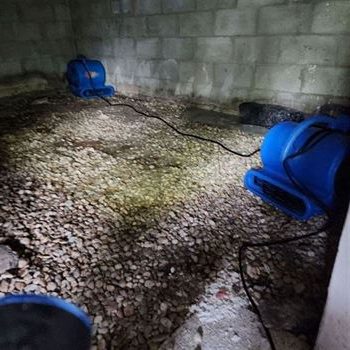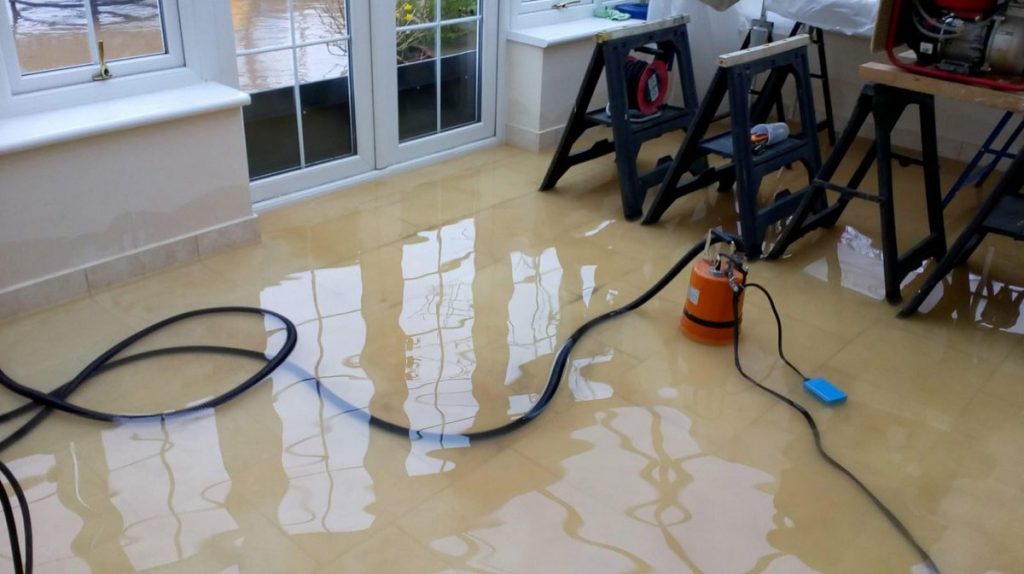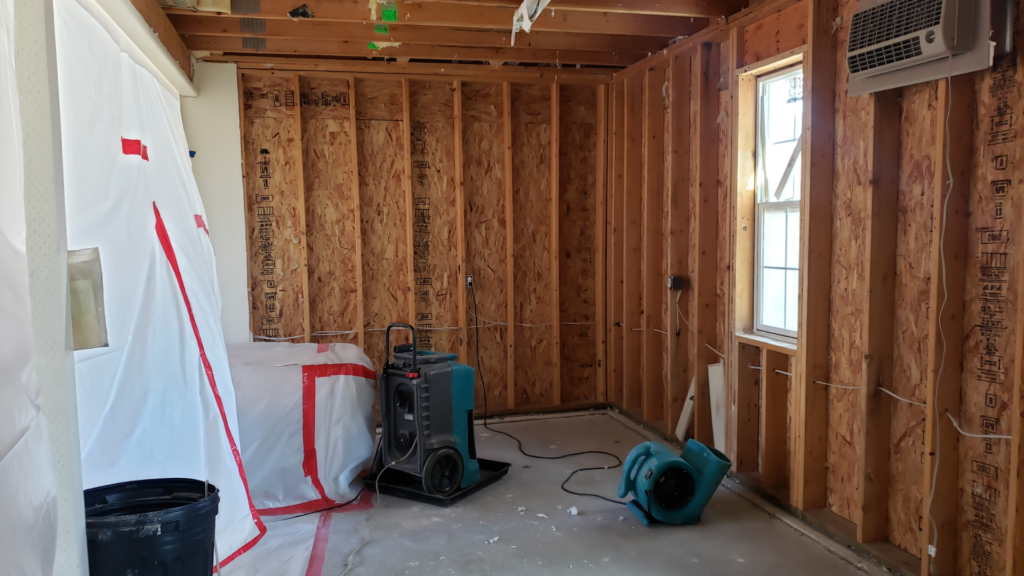Water damage, whether from a plumbing leak or storm, can be devastating to your home. It could result in wood rot, mold growth, and electrical issues that could cost you thousands of dollars to fix.
We specialize in flood damage repair for both commercial and residential properties. Our team is available 24/7 to assess and restore your property after flooding has taken place.
Our Flood Damage Repair Services

Flood damage should never be ignored – contact our qualified water restoration team immediately for help avoiding wood rot, mold growth, and other issues caused by flooding.
Our experts provide comprehensive flood damage repair services for both commercial and residential properties. We work quickly to restore your property back to its pre-flood condition.
Our team is highly trained and certified to handle water damage emergencies. We offer 24/7 services to clean up and restore damaged areas in your home or business.
In addition to our flood damage repair services, we also provide mold removal and cleaning. Our technicians will inspect your property before beginning the process in order to guarantee there isn’t a mold problem that could be hazardous for you or your family. Then we will begin eliminating the mold and treating it in order to keep your home or business free from future spores – keeping everyone on board safe and healthy!
Residential Flood Damage Repair Fort Worth
Texas is known for its variety of climate conditions. Storms, tornadoes, and flooding are some of the most frequent weather risks that homeowners in this state can encounter.
When your property experiences water damage due to a flood, rain event, or leaky plumbing system, it is critical that you contact our restoration experts promptly. Doing so can help minimize the destruction and repair expenses that could accrue if the cleanup process is delayed.
We understand the devastating effects of flooding. They can cause extensive harm to your home’s structure, furnishings, and personal belongings.
Our disaster recovery team offers 24/7 emergency service to clean and restore your home. We handle all types of water damage, from broken pipes to mold removal. We offer a free consultation for all clients and will collaborate with you on finding the best solution for your requirements. Contact us now to get started.
Commercial Flood Damage Repair Fort Worth
Flooding is a natural calamity that can do irreparable harm to your business. If flood damage occurs in your commercial property, our services may be necessary to help clean up and repair the mess.
Our team of specialists provides comprehensive water damage repair and restoration services for residential and commercial properties in Fort Worth TX and surrounding areas. We are fully licensed, bonded, and insured to protect you and your property.
In addition to water damage repair, our specialists also offer fire and mold mitigation services for your property. Our trained specialists will inspect your premises to identify potential risks and then present you with a plan for safeguarding yourself.
Call Us Now For Your Free Estimate!
Expert flood damage repair services are the ideal way to minimize property damages and repair expenses. Our water remediation specialists are available 24/7 to assess your needs and get the job done correctly.
Water damage emergencies can be devastating for your home or business. The longer you delay, the worse it’s likely to get. We are here to help prevent this catastrophe by offering top-notch water restoration services.
For the finest water damage restoration services, contact us now to arrange a free consultation. We’ll assess your individual needs and suggest the ideal solution for you and your family or business. Additionally, we have some helpful advice to help deal with flood emergencies.
Water Damage Restoration Fort Worth
324 Greenleaf St, Fort Worth, TX 76107
(817) 502-9355


